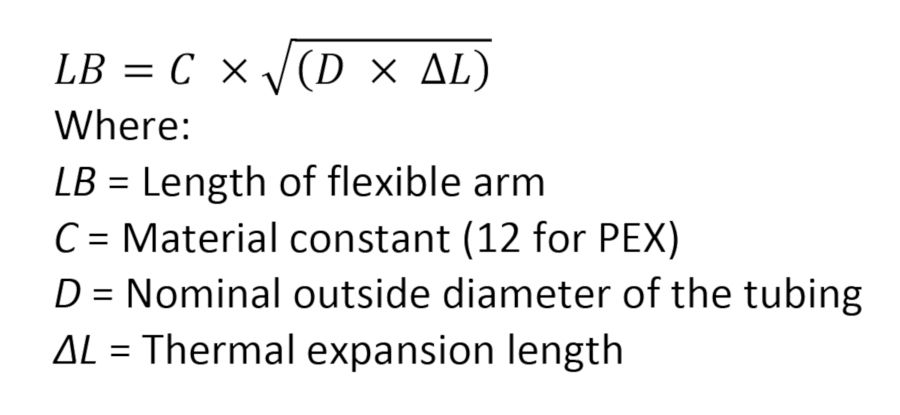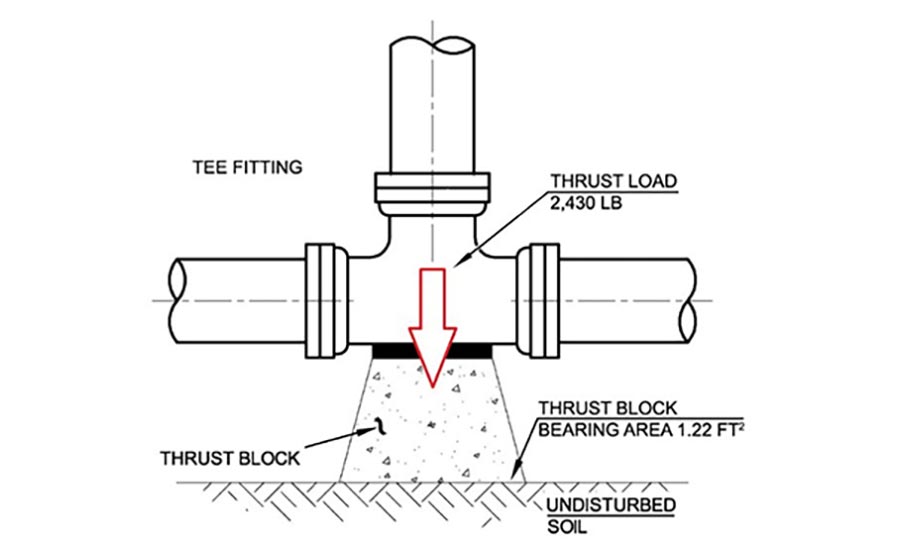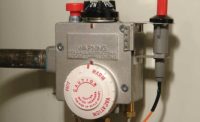The Uniform Plumbing Code (UPC) has a long history of providing useful information that is not offered by other model codes. The UPC includes Installation Standards as an appendix that aids inspectors and installers on how to properly install a plumbing system. Installation Standards (IS) are industry standards that specify procedures for installation of plumbing and mechanical products, and the inspection methods and procedures employed for the examination of such systems. These comprehensive standards add detailed information and guidance where a manufacturer or product installation instructions may not fully address. They give the user confidence with options from industry experts for installing plumbing products and assemblies in a safe and professional manner.
Installation Standards were first introduced into the 1976 edition of the UPC. These documents were originally developed by IAPMO membership to aid in the installation and inspection of plumbing products, and date back as early as 1957 when IS 1 (Non-Metallic Building Sewers) was one of the first to be published. IAPMO members include inspectors, plumbers, manufacturers, special experts, students and many other disciplines. It is important to keep in mind that the Installation Standards are not Product Standards, and they are not intended to be used for product testing and certification. Installation Standards offer information on the common practice of installation used by the industry and are useful for installers and inspectors alike. Additionally, many jurisdictions choose to adopt IAPMO Installation Standards along with the Uniform Plumbing Code as part of their local plumbing ordinance.
Installation Standards can be especially useful when installation information from the manufacturer is not available. These standards have come such a long way, and are now developed via an open consensus process that involves a public review, allowing the public to comment and be involved in developing an accurate and effective document. Furthermore, the review process that occurs during the development ensures that industry recommended practices do not conflict with the existing requirements in the UPC.
Installation Standard for PEX tubing systems for hot- and cold-water distribution
One example of a recent Installation Standard is IS 31 (Installation Standard for PEX Tubing Systems for Hot- and Cold-Water Distribution). This standard includes information on handling and receiving practices to assist in minimum inspections of the material, as well as how to handle the PEX to maintain and ensure its quality both while it is being stored and during installation. The standard also covers expansion arms and loops with specific equations that guide the end user in sizing the arms and loops. For example, the minimum length of expansion arms is determined using the following equation:

TCNA Handbook for Ceramic, Glass and Stone Tile Installation
The “TCNA Handbook for Ceramic, Glass, and Stone Tile Installation” is another noteworthy addition to the Installation Standard family. This standard provides updated methods and options for designing and installing shower receptors. Additionally, it addresses installation specifications for tile tubs and fountains, curbless shower receptors, common shower configurations, steam shower/rooms and shower receptor renovations. Slopes, sealing and material options are given for the different configurations with detailed graphics for ease of understanding the layer order requirements.
Thrust blocking for rubber gasketed and solvent cement joints
Installation Standard 33 (Thrust Blocking for Rubber Gasketed and Solvent Cement Joints) is a significant addition to the UPC as it contains detailed information regarding recommended locations for thrust blocks. Thrust blocks are needed where fittings are used to change the direction of pipelines. They prevent separation of joints and pipe movement by transferring the water hammer thrust, which impacts at a pipe bend, through the block bearing area, and into the surrounding soil.
Properly designing thrust blocks involves much more than pouring some concrete behind a pipe bend. There are many aspects to consider when determining the appropriate thrust block size, shape, and placement, such as soil properties, soil bearing strength, testing pressure, pipe size, fitting configuration, and trench depths. IS 33 contains these valuable design parameters and methods for creating thrust blocks.
Below is an example of such thrust blocks and bearing area calculations:
Given: Determine the thrust block bearing area for a tee fitting NPS 4 sized pipe with a fluid pressure of 150 psi where installed in sand as the soil.
Solution: First determine the thrust load at the tee fitting from the table contained in the standard for the 4 NPS pipe. The table contains thrust load values for various types of fittings and pipe sizes at a pressure of 100 psi. See Table 1.

Editor’s Note: only the row for NPS 4 is shown for this sample.
The table’s thrust load values are based on 100 psi; however, the pipe in question is at 150 psi. The thrust load value at the tee fitting can be determined by taking the ratio of the table and pipe pressures. Table 1 indicates the thrust load for the tee fitting at 100 psi is 1,620 pounds. Therefore, the thrust load at the tee fitting for the pipe at 150 psi can be determined as follows:


Next, let’s determine the safe bearing load of the soil. This load is the maximum average contact pressure between a given surface area and the soil, which should not produce shear failure in the soil. The standard contains a table (“Safe Bearing Loads of Various Soils”) with these values. For sand, the safe bearing load is 2,000 lb/ft².
The thrust block bearing area is the ratio of the thrust load at 150 psi (2,430 pounds) and the safe bearing load of sand (2,000 lb/ft²):

The calculations show the thrust block bearing area should be 1.22 ft². Therefore, the surface area contacting the soil should be a minimum surface area of 1.22 ft² to prevent pipe movement and fitting separation.

Figure 1 demonstrates a sample thrust block location for a tee fitting and the bearing surface area for thrust transfer as referenced in the example above.
These are only a few examples of recently added Installation Standards to the UPC. Installation Standards add a wealth of information to the highly regarded Uniform Plumbing Code. Installers and inspectors have relied on Installation Standards since their introduction, and it is evident these installation references are thoroughly used and relied upon. These standards continue to improve due to the rigorous review process and the expert input they receive in their development. The practical knowledge that comes from experts of various disciplines is a direct reflection on the professional development of the UPC and its content, making the UPC an all-inclusive source for the plumbing industry.



